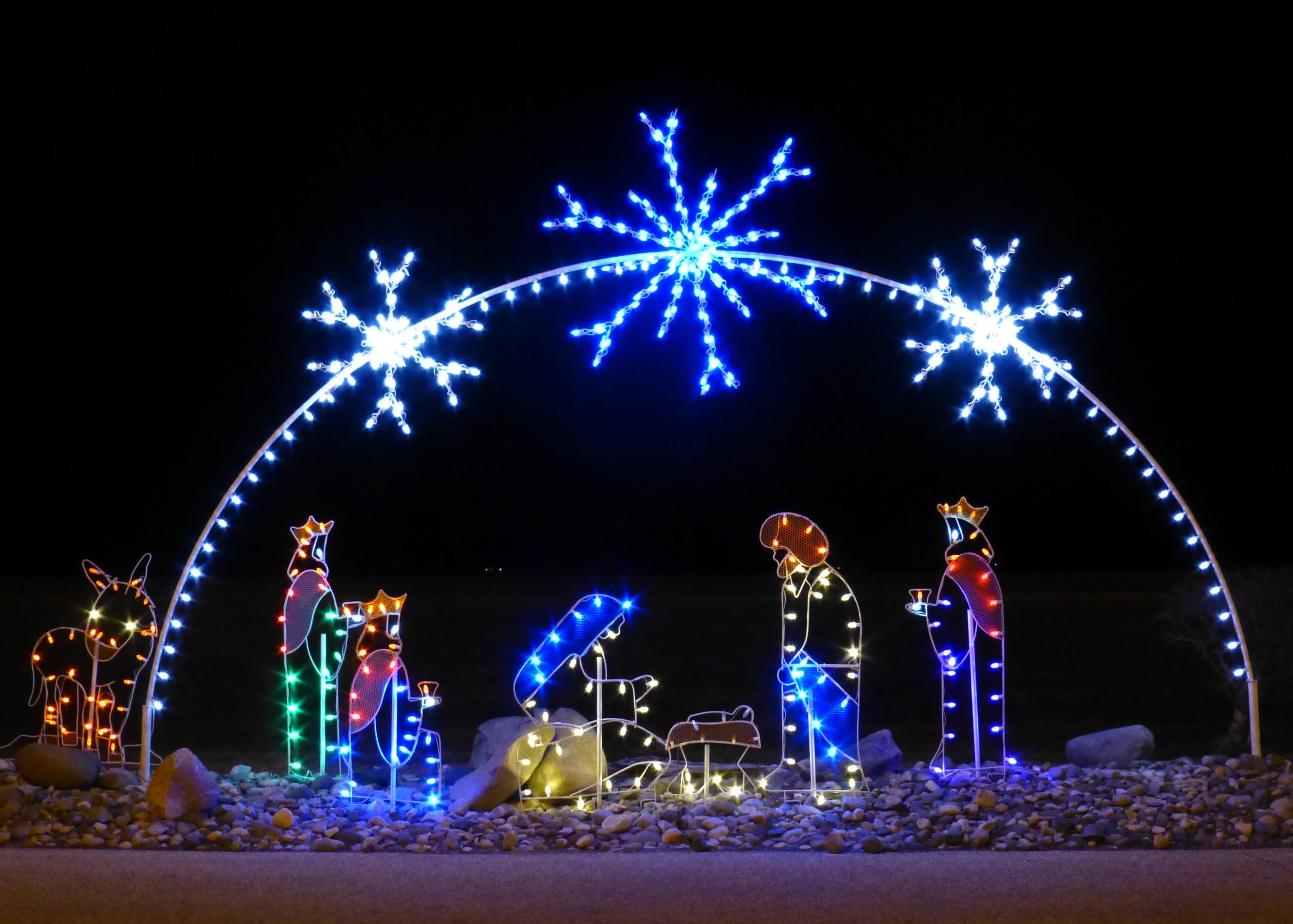By Semore Badejo
Over the centuries, hundreds of Christmas carols have been composed. Many fall quickly into obscurity. Not “Silent Night.”
Its origins – in a small Alpine town in the Austrian countryside – were far humbler. The story of “Silent Night” and its meteoric rise to worldwide fame has always fascinated me.
The song’s lyrics were originally written in German just after the end of the Napoleonic Wars by a young Austrian priest named Joseph Mohr. In the fall of 1816, Mohr’s congregation in the town of Mariapfarr was reeling. Twelve years of war had decimated the country’s political and social infrastructure. Meanwhile, the previous year – one historians would later dub “The Year Without a Summer” – had been catastrophically cold.
Mohr’s congregation was poverty-stricken, hungry and traumatized. So he crafted a set of six poetic verses to convey hope that there was still a God who cared. “Silent night,” the German version states, “today all the power of fatherly love is poured out, and Jesus as brother embraces the peoples of the world.”
ALSO READ: ‘We are the World’ : The making, the memory of a healing song
Mohr, a gifted violinist and guitarist, could have probably composed the music for his poem. But instead, he sought help from a friend.In 1817, Mohr transferred to the parish of St. Nicholas in the town of Oberndorf, just south of Salzburg. There, he asked his friend Franz Xaver Gruber, a local school teacher and organist, to write the music for the six verses.
On Christmas Eve, 1818, the two friends sang “Silent Night” together for the first time in front of Mohr’s congregation, with Mohr playing his guitar.
The song was apparently well-received by Mohr’s parishioners, most of whom worked as boat-builders and shippers in the salt trade that was central to the economy of the region.
The song’s fundamental message of peace, even in the midst of suffering, has bridged cultures and generations. Great songs do this. They speak of hope in hard times and of beauty that arises from pain; they offer comfort and solace; and they are inherently human and infinitely adaptable.
Translated into at least 300 languages, designated by UNESCO as a treasured item of Intangible Cultural Heritage, and arranged in dozens of different musical styles, from heavy metal to gospel, “Silent Night” has become a perennial part of the Christmas soundscape.
Time magazine in 2014 declared “Silent Night” “the most popular Christmas song ever,” based on an analysis of U.S. Copyright Office records dating to 1978. In the past four decades alone, artists have recorded more than 730 versions, nearly twice as many as No. 2 on the list, “Joy to the World.”24 Dec 2018.
Here is Frank Sinatra’s 3-verse version. Merry Christmas.
TGIF.
Silent night, holy night!
All is calm, all is bright.
Round yon Virgin, Mother and Child.
Holy infant so tender and mild,
Sleep in heavenly peace,
Sleep in heavenly peace
Silent night, holy night!
Shepherds quake at the sight.
Glories stream from heaven afar
Heavenly hosts sing Alleluia,
Christ the Savior is born!
Christ the Savior is born
Silent night, holy night!
Son of God love’s pure light.
Radiant beams from Thy holy face
With dawn of redeeming grace,
Jesus Lord, at Thy birth
Jesus Lord, at Thy birth



